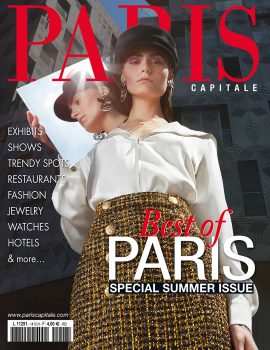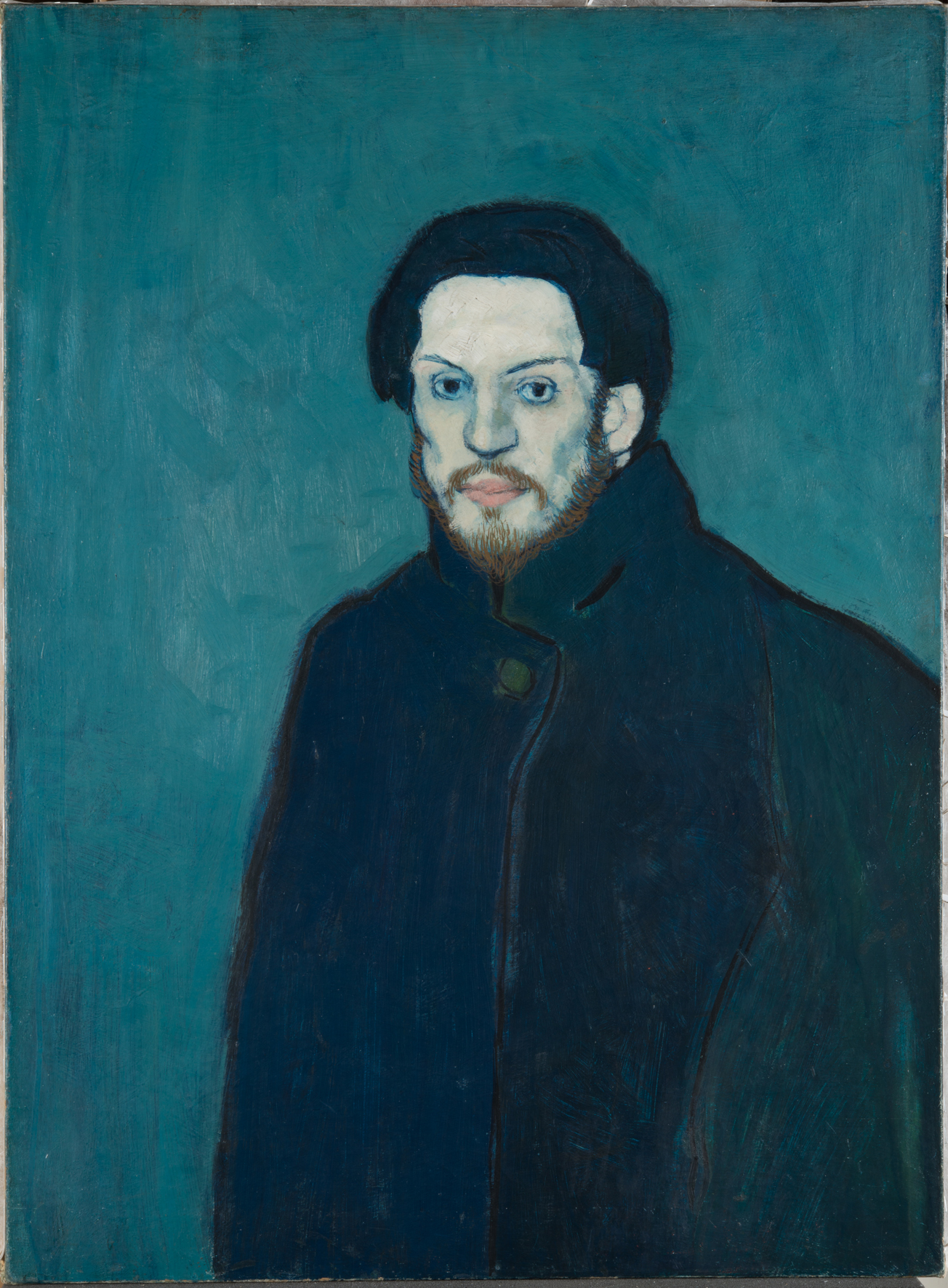Picasso said: “Give me a museum and I’ll fill it!” By doubling the exhibition area of the Hôtel de Salé, compared to the original 1985 museum, aren’t you offering him two museums?
The Musée National Picasso now covers an area of 5,300 sq.m., including 3,800 sq.m of exhibition space. It has 34 rooms, some fifteen more than before, with an inaugural display of four hundred masterpieces.
What would Picasso think of his museum?
I think he would have put down his painting-brush and said: “I’ve done a lot of work!” He was so obsessed by the passing of time and personally focused on his work that I wonder if his appetite could ever really have been satisfied. This museum begins to answer that question.
Which room do you find most moving?
When I climb the main staircase, which is an architectural marvel, I honestly feel a real sense of pride when I stand before the bust of my grandmother, Marie-Thérèse Walter. It feels like home. I find Picasso’s personal collection, on the top floor, very impressive too. There are around one hundred works – landscapes, nudes, still lives – by Renoir, Degas, Gauguin, Cézanne, Matisse, le Douanier Rousseau, which inspired his work throughout his life. You can see his work reflected in theirs. Picasso seems to be saying: “Look, I’m one of you!”




